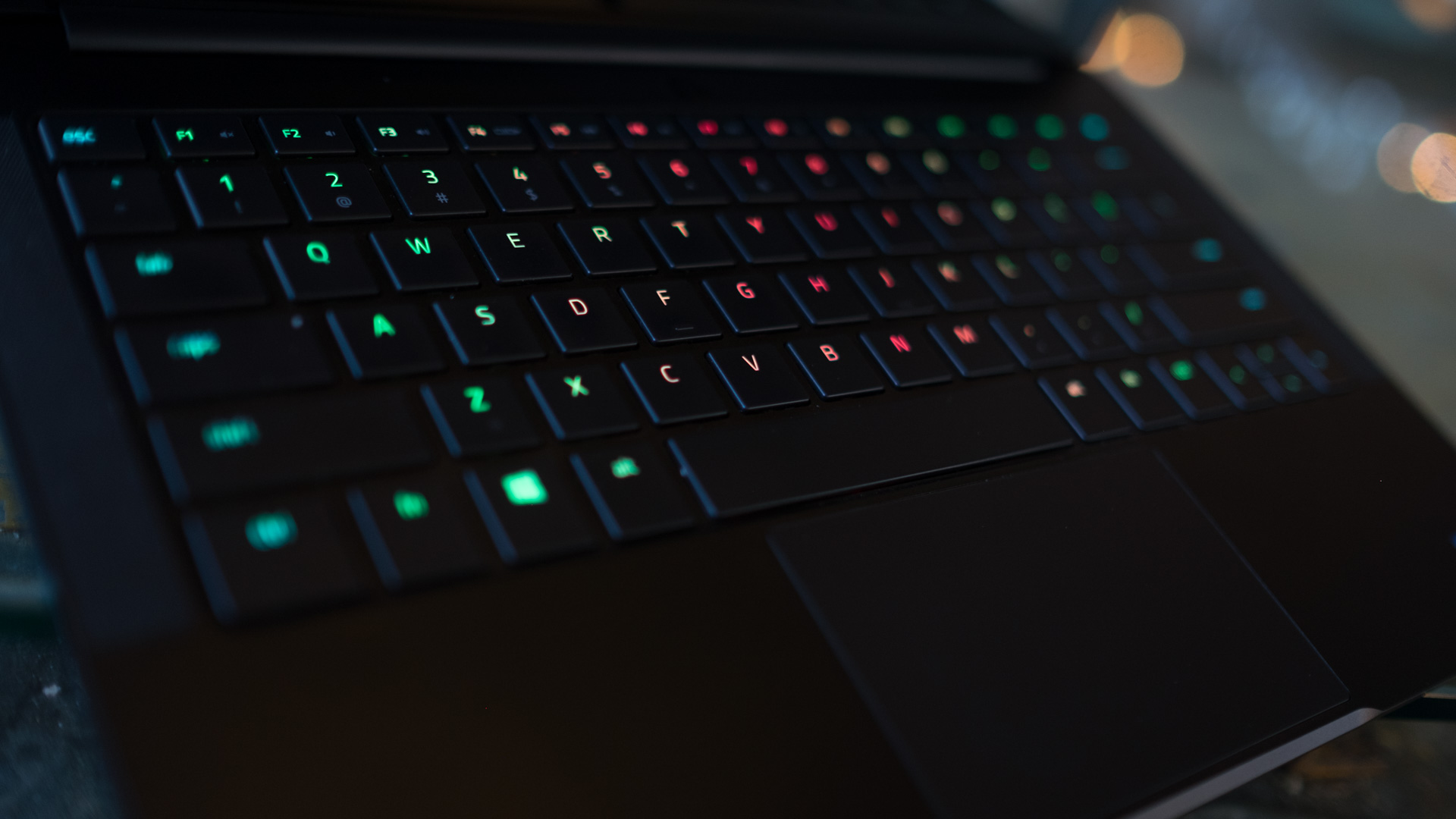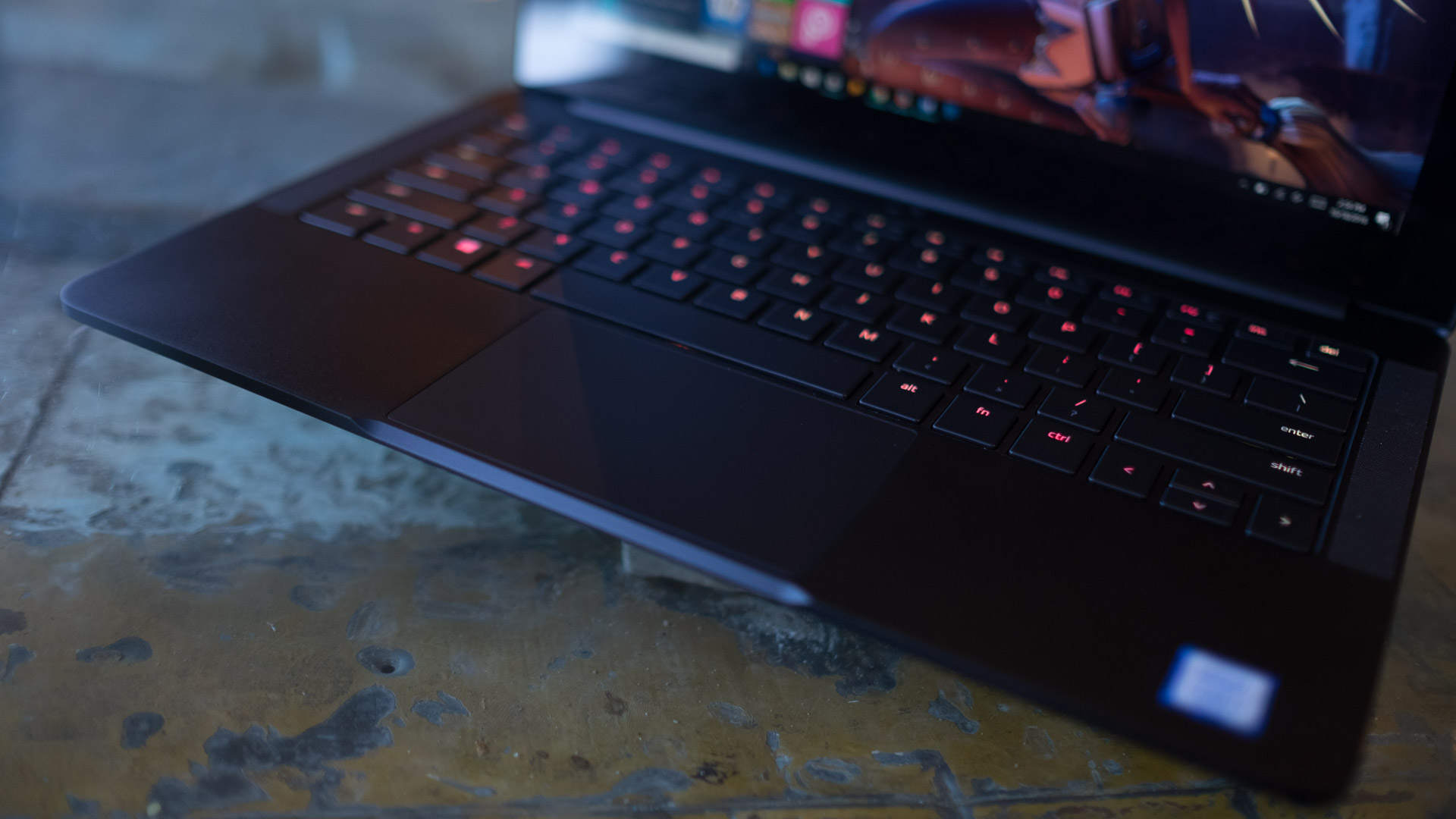TechRadar Verdict
With an extended battery life and even faster performance, Razer has perfected its Ultrabook offering, the Blade Stealth.
Pros
- +
Captivatingly colorful display
- +
Greatly improved battery life
- +
Faster overall performance
Cons
- -
Cumbersome charger
- -
Keyboard needs more travel
- -
Lacks SD card reader
Why you can trust TechRadar
This is a review of the 2016 Razer Blade Stealth. Click the following link to read our review of the very latest, 2017 Razer Blade Stealth.
Razer’s first attempt at a creating an Ultrabook was dramatic, but ultimately underwhelming. The Blade Stealth came with hardware and a lower price to rival top Ultrabooks like the Dell XPS 13 and the MacBook Air; however, the plucky upstart was held back by short battery life.
Now, in 2016, Razer fixes all the problems of its first 12.5-inch Ultrabook with Intel’s latest Kaby Lake processors, and more importantly a denser, longer lasting battery.
Thanks to these improvements, the Razer Blade Stealth is finally the ultimate Ultrabook – complete with speedy and long-lasting performance, a pixel perfect display and world class inputs.

Design
Year over year, the design of the Razer Blade Stealth has been completely unchanged. In fact, the 12.5-inch laptop features the same 12.6 x 8.1 x 0.52-inch (32.1 x 20.6 x 1.31cm; W x D x H) dimensions – though, the new model is 0.9 pounds heavier at 2.84 pounds.
While we’re always a tiny bit disappointed when laptops aren’t updated with a new design, the Stealth’s chassis is arguably still very fresh going into its second year. Few other laptops makers have emulated Razer’s build quality or made a notebook that’s as powerful while being as thin as this.
That said, it’s easily to draw a parallel from the Stealth to the MacBook Pro, given it shares nearly the same design with a few different body lines and a coat of black paint. However, the Blade Stealth’s slimmer dimensions puts it more in line with a MacBook Air and nearly as compact as the Dell XPS 13.
Sign up for breaking news, reviews, opinion, top tech deals, and more.
The Blade Stealth is much more stylish than your everyday Ultrabook with Razer’s neon green triskelion snake logo, speaker grills on the sides and a fully customizable keyboard backlight.

Color king
The Razer Blade Stealth still has one of the coolest laptop keyboards ever made. Although backlit keyboards have been around for ages the Stealth goes above and beyond with the ability to display 16.8 million colors per key.
Yeah, that’s right. Per. Key. Lighting.
That means each-and-every key can be individually programmed to display a different shade blue, red, apricot, kelly green – whatever your favorite color is. Additionally, you could also program a stream of rainbow colors to continuously flow across the keys.
Razer’s Synapse software also makes it easy to customize the lighting setup and stack effects. Our favorite color scheme combines a static white backlit with a rippling rainbow triggered by each key press.

On top of the personalization you can add with this level of customization, Razer has built in some utility with the keyboard backlight. Hitting the function key, will make it so only the F-keys are lit up – though I wished the backlight on these keys would also illuminate the icons for the settings we’re trying to change in the dark.
As vain as a full RGB keyboard backlight is, it’s a big deal to gamers and, aside from Aorus, no other laptops have a lighting system as customizable as this.

Click clack
Even without the fancy lighting, the keyboard itself deserves notice, the keys are large and are arranged in a roomy layout despite the 12.5-inch form factor of this laptop. None of the keys feel squished, and nothing is out of place either.
The only critique we have is key travel isn’t that deep, and the keys themselves barely rise two millimeters above the keyboard deck. That said, at least you get an audible click letting you know you're actually hitting the keys.
Just beneath the keyboard, you’ll also find a sizable trackpad. In fact, it seems like Razer used every bit of available space to make the touch surface as large as possible. Thanks to the glass-lined surface, it feels incredibly smooth while giving you an audible click response too.

Kevin Lee was a former computing reporter at TechRadar. Kevin is now the SEO Updates Editor at IGN based in New York. He handles all of the best of tech buying guides while also dipping his hand in the entertainment and games evergreen content. Kevin has over eight years of experience in the tech and games publications with previous bylines at Polygon, PC World, and more. Outside of work, Kevin is major movie buff of cult and bad films. He also regularly plays flight & space sim and racing games. IRL he's a fan of archery, axe throwing, and board games.
